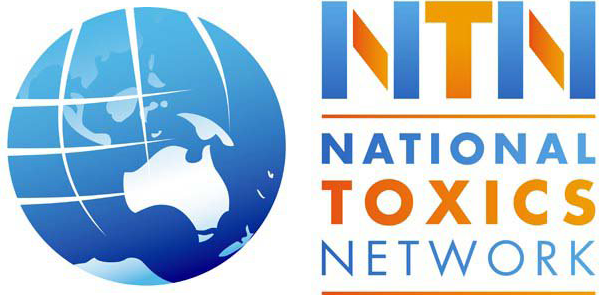The coordinated implementation of chemical multilateral environmental agreements (MEAs) provides the basis and the crucial elements for ‘life cycle management’ of toxic chemicals. The synergy of the chemical MEAs provide the framework for environmentally sound chemical management. They help build effective international and regional frameworks to minimise and prevent the impacts of toxic chemicals and hazardous waste and give individual countries and the global community a way to address the ever increasing pollution of humans and the environment.
The chemical MEAs help address most aspects of a chemical’s life cycle including the:
- evaluation of hazardous chemicals to determine hazards based on inherent characteristic;
- development and application of clean production methods to avoid generation of hazardous wastes, substances and products;
- provision of information to all levels of society on hazards of chemicals;
- reduction and eventual elimination of POPs releases;
- use and production of POPs;
- international trade in toxic chemicals;
- transport of hazardous and radioactive waste;
- avoidance of the introduction of new hazardous chemicals either via unintended use or illegal dumping;
- environmentally sound remediation of waste stockpiles; and
- identification of contaminated sites.
The requirement of most MEAs for information dissemination and technical capacity building can also help improve a country’s environmentally sound management of chemicals and hazardous waste.
The chemical MEAs also consolidate the principles of environmental sustainability. These include intergenerational equity, the precautionary principle and the principle of polluter pays. These were first adopted at the Rio Earth Summit in 1992 and are enshrined in Agenda 21.
For further information on the synergy of the chemical conventions : Synergy of the Chemical Conventions
